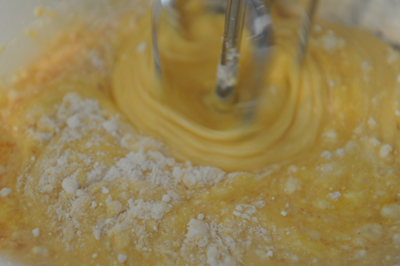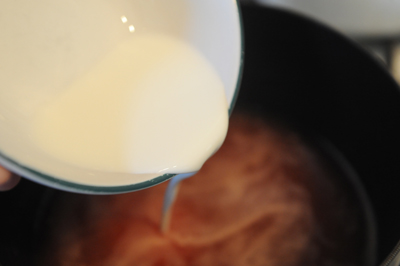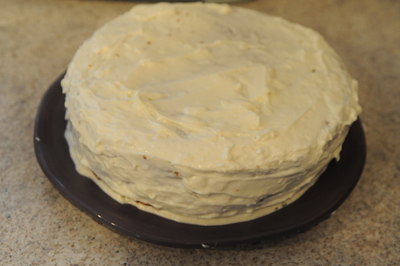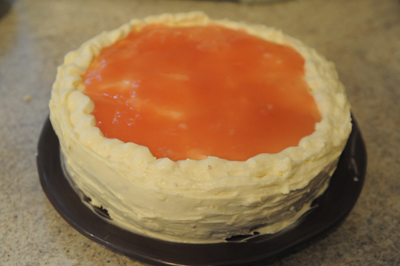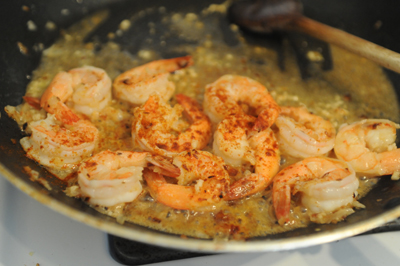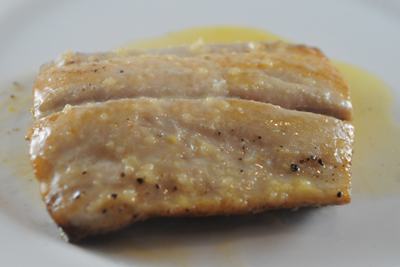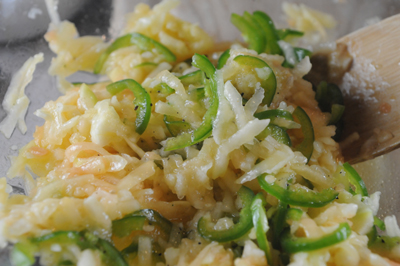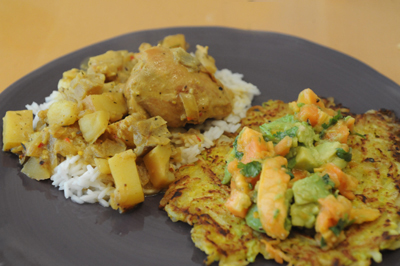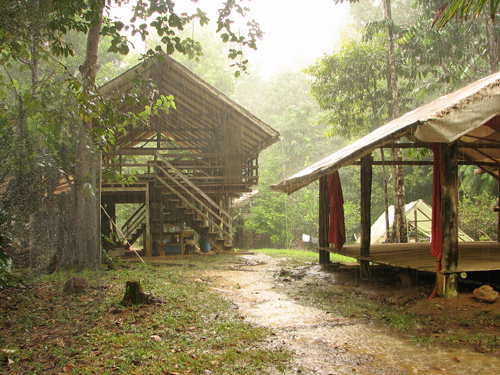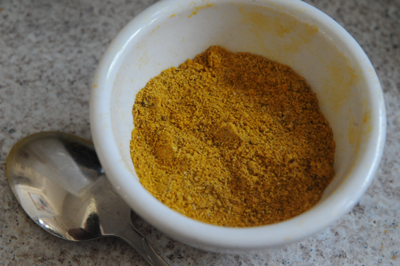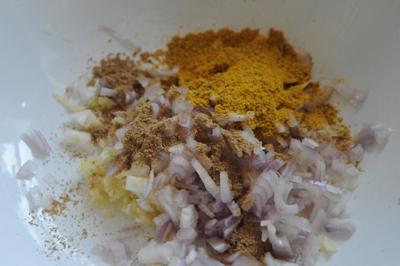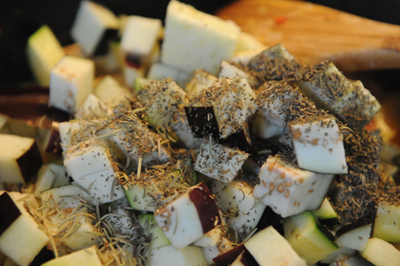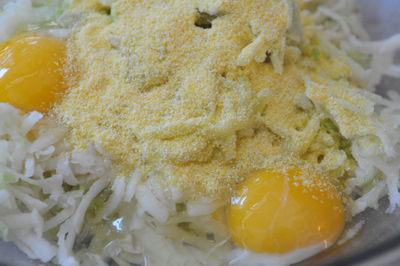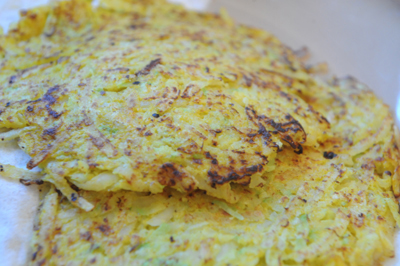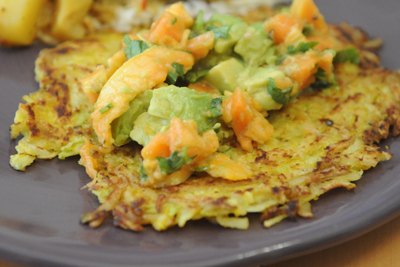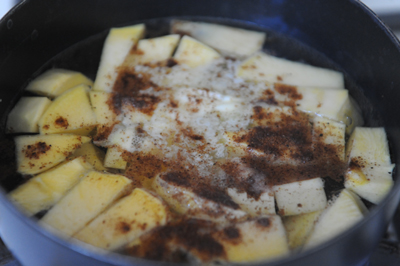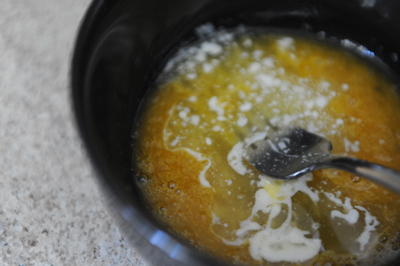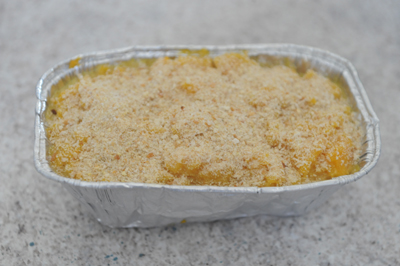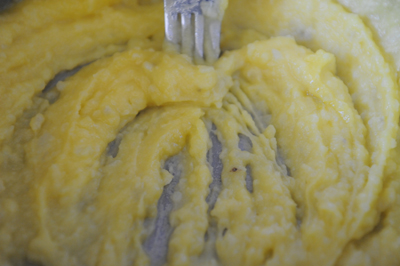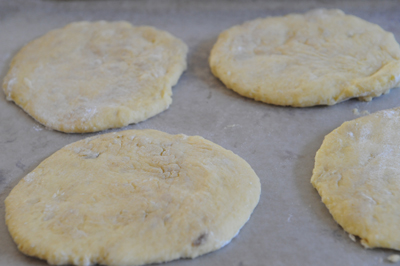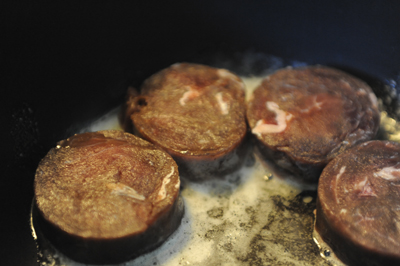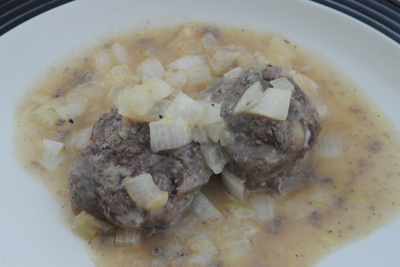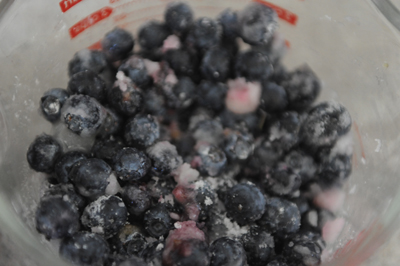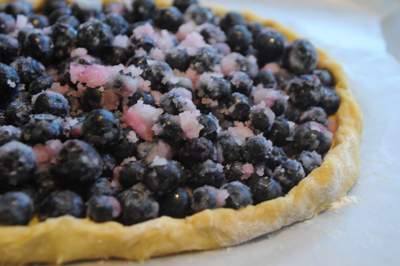Originally, I'd planned to do my Finland menu for the entire family. Then at some point it occurred to me, it would be a special kind of torture to make my children eat this particular main course.
That's because this week I got it into my head that I wanted to try reindeer, which is a popular meat in Finland. Can you imagine feeding Rudolph to a child? "But Mom, where did you GET the reindeer meat??" "Well, dear, remember that special magic reindeer food you sprinkled around our house last Christmas Eve?"
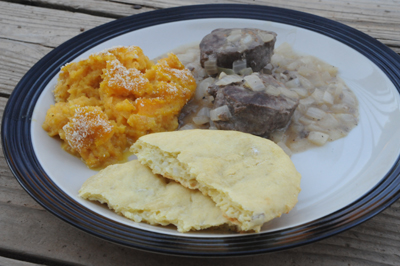 |
| Sauteed reindeer with swede casserole and Finnish flatbread. |
So I didn't make my kids eat any reindeer, nor did I tell them it was what Martin and I were eating.
Anyway, Finland (as I'm sure you know) is a Scandinavian country in Northern Europe. It is bordered by Norway, Sweden and Russia, with
Estonia on the other side of the Gulf of Finland. Finland is both the eighth largest nation in Europe as well as the most sparsely-populated nation in Europe. It is also one of the world's wealthiest nations (I bet you would never have guessed that). Finland is known for its excellent educational system and high quality of life, and it is also ranked as one of the most peaceful nations in the world.
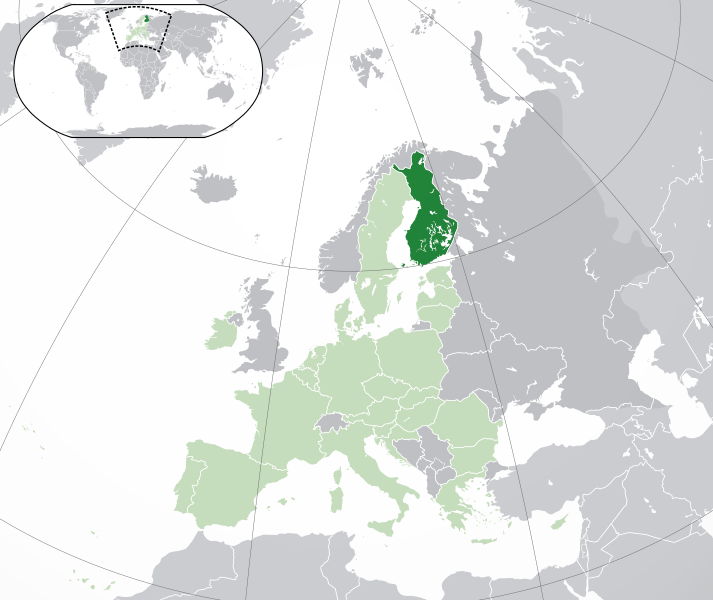 |
|
Now I was going to add a "but" in regard to the weather in Finland, which I assumed would be mostly oppressively cold, but I had it all wrong. Southern Finland actually sounds a lot like Northern California, though maybe 10 or so degrees colder in the winter, and with snow that hangs around instead of coming and going like it does here. Average winter daytime temperatures are around 32 degrees Fahrenheit (though much colder at night), with summer temperatures peaking at around 95 degrees. Northern Finland, of course, is much colder, with snow cover from October to May and short summers where a "heat wave" is 77 degrees. Now, Martin would love this kind of weather. Me, on the other hand … I like swimming too much. I need hot summers.
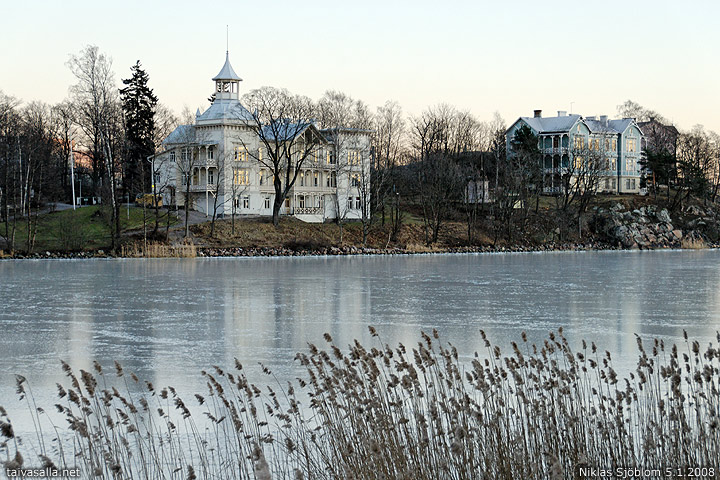 |
Taka-Töölö, Helsinki, Southern Finland, FI.
Photo by: taivasalla |
Finnish cuisine is what you would probably expect from a sparsely-populated northern country: traditional, hearty, country-style fare. One third of Finnish meat products are eaten as sausage, and fish and grains such as barley, oats and rye are also popular. So are berries, especially wild lingonberries, raspberries and bilberries (a type of wild blueberry). Moose is a popular game meat, though because of strict regulations restaurants typically serve reindeer instead.
Which brings me to our main course:
Poronkäristys (Sautéed Reindeer)
(This recipe is from
Finnguide, which appears to no longer be online.)
- 2 lbs reindeer meat, sliced
- 3 1/2 tbsp butter
- 1 1/2 cup beer (pale lager is popular in Finland)
- 2 small onions
- 1 1/2 tsp salt
- 3 tbs flour
- 1/2 tsp freshly ground black or white pepper
On the side I picked this recipe, which is typically served on Christmas day in Finland. I thought it would go well with the red meat, so I pretended it wasn't June.
Lanttulaatikko (Swede Casserole)
(From
FinSki's)
- 3-4 medium rutabagas (called "swedes" in Europe)
- 1 tbs butter
- 1 tsp salt
- 1 tsp freshly grated nutmeg
- 1 tbs flour
- 3 tbs golden syrup
- 1 egg
- 1 tsp salt
- 1 tbs butter
- 2 tbs cream
- Butter
- Breadcrumbs
And this bread:
Perunarieska (Finnish Flatbread)
(This recipe came from a post at
The Finland Forum)
- 2 cups mashed potato, cooled
- 3 tbsp melted butter, cooled
- 1-2 tsp salt (or to taste)
- 1 tsp sugar (optional)
- 1 large egg
- 1 1/4 cup to 1 2/3 cup all-purpose flour
- 1 ½ tsp baking powder
And for dessert:
Mustikkapiirakka (Blueberry Tart)
(From
The World Cookbook for Students)
For the pastry:
- 2⁄3 cup butter, softened
- 1 egg
- 1⁄4 cup milk
- 1 1/2 cups flour
- 1 tsp ground cardamom seeds
For the filling:
- 4 cups blueberries
- 1 cup sugar
- juice of 1/2 lemon
- 1 tbsp cornstarch
OK, first let's do the casserole, which takes a bit more time to make:
First peel and cut up the rutabaga into 1-inch pieces. Place in a pot and add the butter, nutmeg, and salt.
Add water and bring to a boil. Let boil for about an hour, adding water as necessary, until the rutabaga is easily pierced with a fork. Drain and mash.
Now preheat your oven to 250 degrees. Add the flour, syrup, egg, salt, butter and cream.
Mix well and transfer to a greased casserole dish. Mix the breadcrumbs with melted butter and place on top.
Bake for 45 to 55 minutes. Serve hot.
And the bread:
Preheat your oven to 450 degrees. In a large bowl, mix the flour with the baking powder. In a separate bowl, beat the egg with the salt, sugar and melted butter. Add the mashed potato and mix thoroughly.
Now gradually add the four to the potato mixture until you get a dough. Cover and let stand for 15 or 20 minutes.
Separate the dough into 8 to 12 equal-sized pieces. Dust your hands with flour and place the dough pieces on a well-floured surface. Flatten with the palm of your hand to a thickness of about a quarter inch. Poke in a few places with a fork, then transfer to a parchment-lined baking sheet.
Bake for 15 to 20 minutes or until golden (an egg wash will help you get a nice color, though it was not specified in the recipe). Serve warm.
Now for the reindeer, which is really simple.
First a note: my reindeer came in 4-oz medallions. I tried to slice them, but the meat was very tender to the point where it actually crumbled when I attempted to cut it. Now if I'd sharpened my knife I probably would have had more success, but I couldn't be bothered, so I just cooked my meat in its original shape.
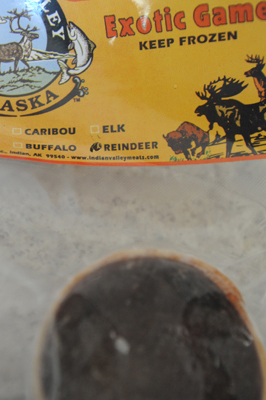 |
| Just in case you needed proof. :) |
First melt the butter in a large saucepan. Add the meat and onions and cook until the meat is nicely browned.
Season with salt and pepper and add the flour, stirring until well-incorporated. Then add the beer and mix well.
Cover and let simmer on low for one hour.
And finally, the blueberry tart:
To make the pastry, mix the butter, egg, milk flour and cardamom together until you have a dough.
Cover and chill in the refrigerator for about an hour. Meanwhile, mix the blueberries with the sugar, lemon juice and cornstarch.
Preheat your oven to 375 degrees. On a wax paper-lined backing sheet, roll the dough out thinly into an oval or circular shape. Spread the blueberry mixture over the dough, leaving about one inch of bare dough around the edges. Roll up the edges of the dough so you get a nice rim around the outside.
Bake for 30 minutes, or until the pastry is golden.
OK so the major challenge of this meal is the different oven temperatures. You might want to bake the rutabaga all the way, then take it out of the oven and do the bread. The bread does need to be served warm so I would definitely do it last. Put the rutabaga back in the oven for the last five minutes or so while the bread is baking, that way it will be hot when serving. Meanwhile, prepare the tart and stick that in the oven while everyone is eating.
So what did we think? Well, I didn't cook the reindeer as long as I was supposed to because I was afraid of overcooking it. But I think that was a mistake, because the meat came out a little tough. A longer cooking time probably would have made it more tender. It was tasty though. It had a lot of flavor and was not gamey or anything. It was very venisony, as you might expect. I liked the simple recipe since those other ingredients didn't overpower the taste of the meat.
I loved the rutabaga, which is something I only started eating within the last year or two. I can see why this is usually a Christmas dish, though, because it was sweet and very wintery.
The bread was excellent. I could taste the potato, which gave the bread a unique flavor though it still had the same texture as any flatbread.
And the tart … well, Martin and I each had a piece that night. It was yummy. The next day, we devoured the leftovers like pizza. The kids loved it. Yes, it was very simple. But oh, yum.
Martin had an interesting comment that I'm going to think about—I've been doing these meals in alphabetical order, but he wondered if I should change my format: maybe cook from those tropical nations during the summer, and from the northern ones during the winter. Because this meal did seem a little out of place in June. It was delicious, but would have tasted even better if the house wasn't maxing out at 80 degrees.
What do you think, would you like to see more summery recipes in the summer months?
Next week: French Guiana
For printable versions of this week's recipes:
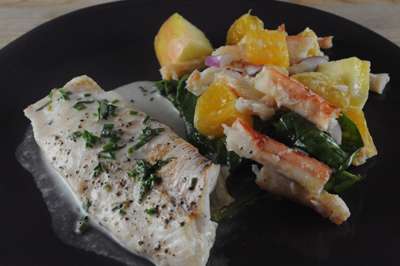

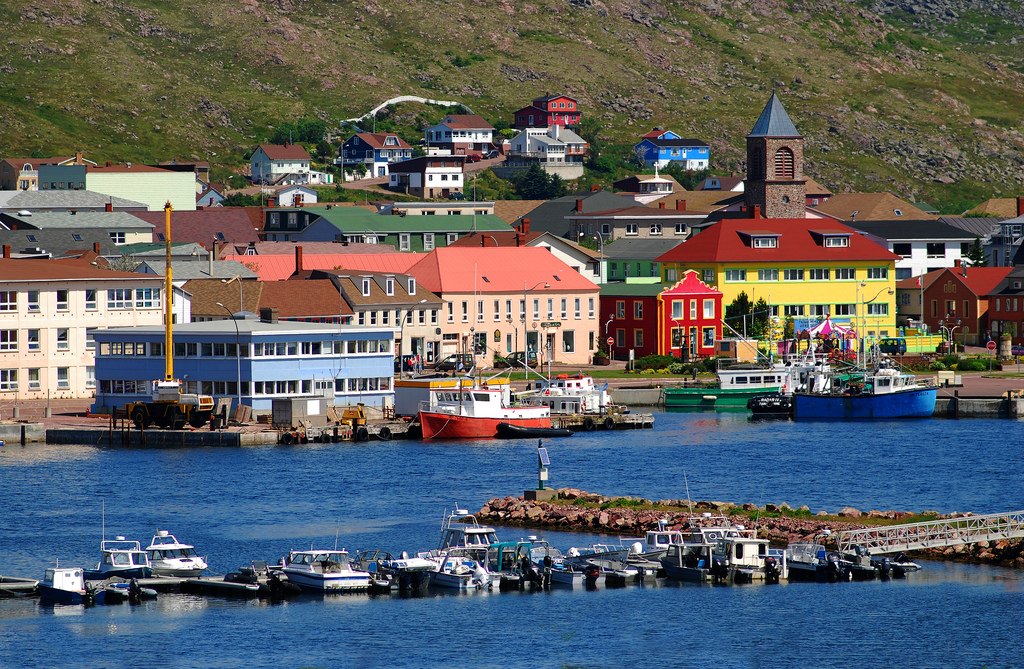
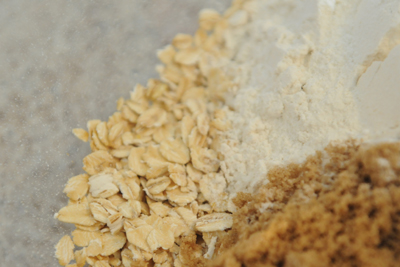
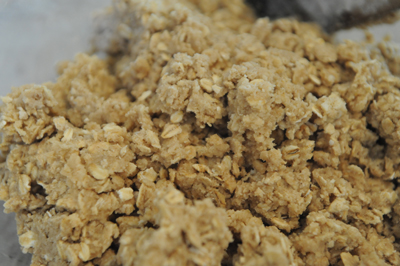
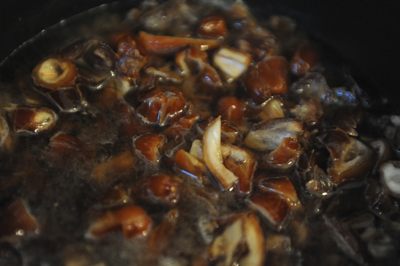
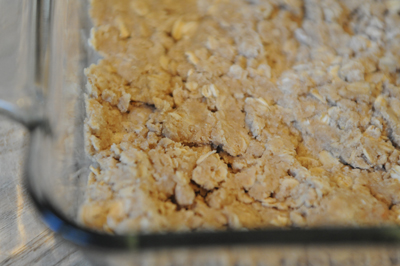
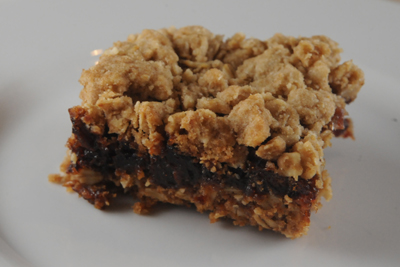
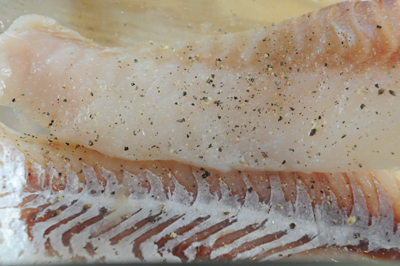

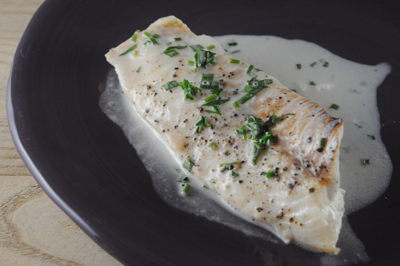
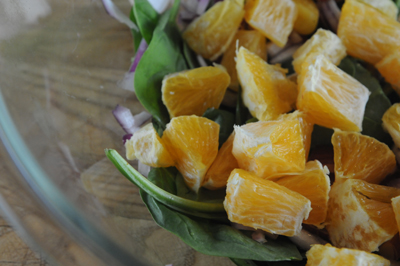
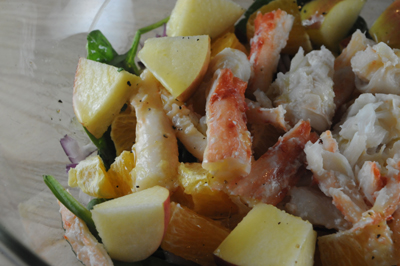












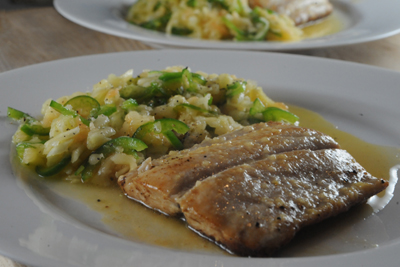

.svg/600px-French_Polynesia_on_the_globe_(French_Polynesia_centered).svg.png)
